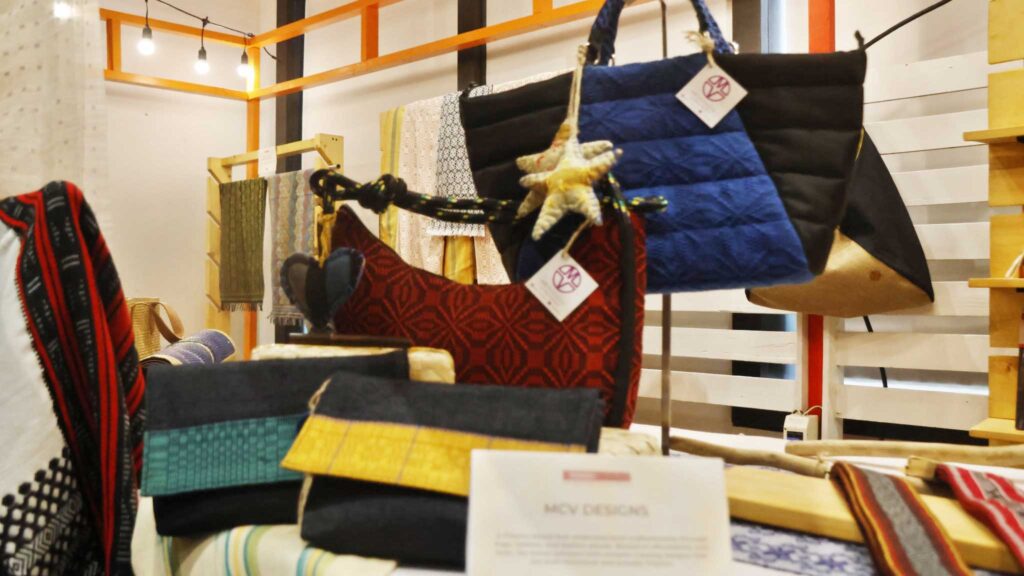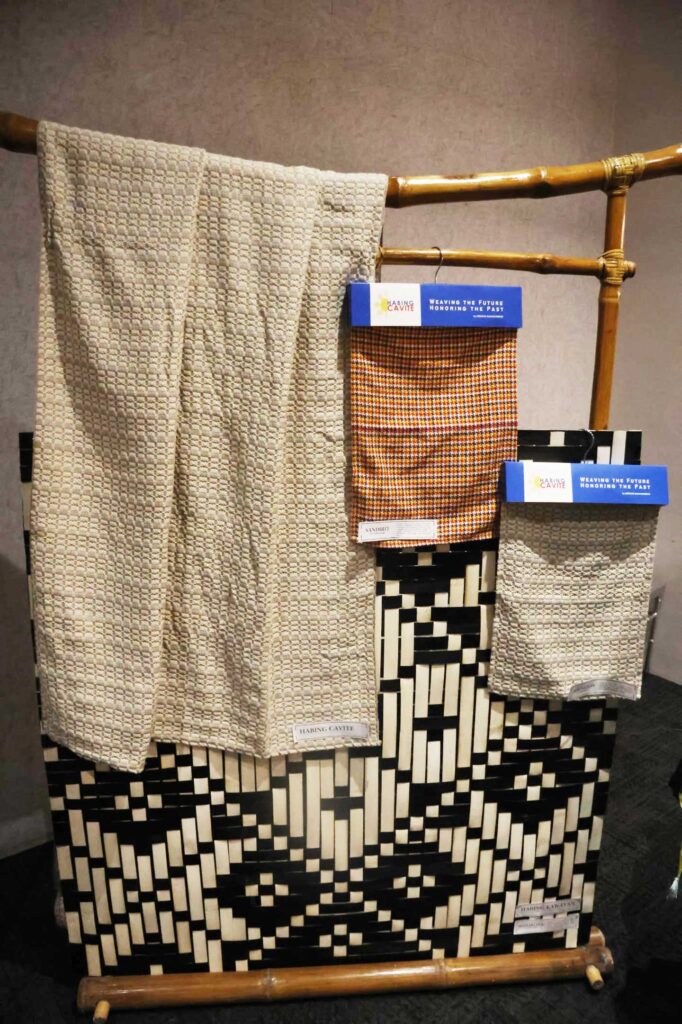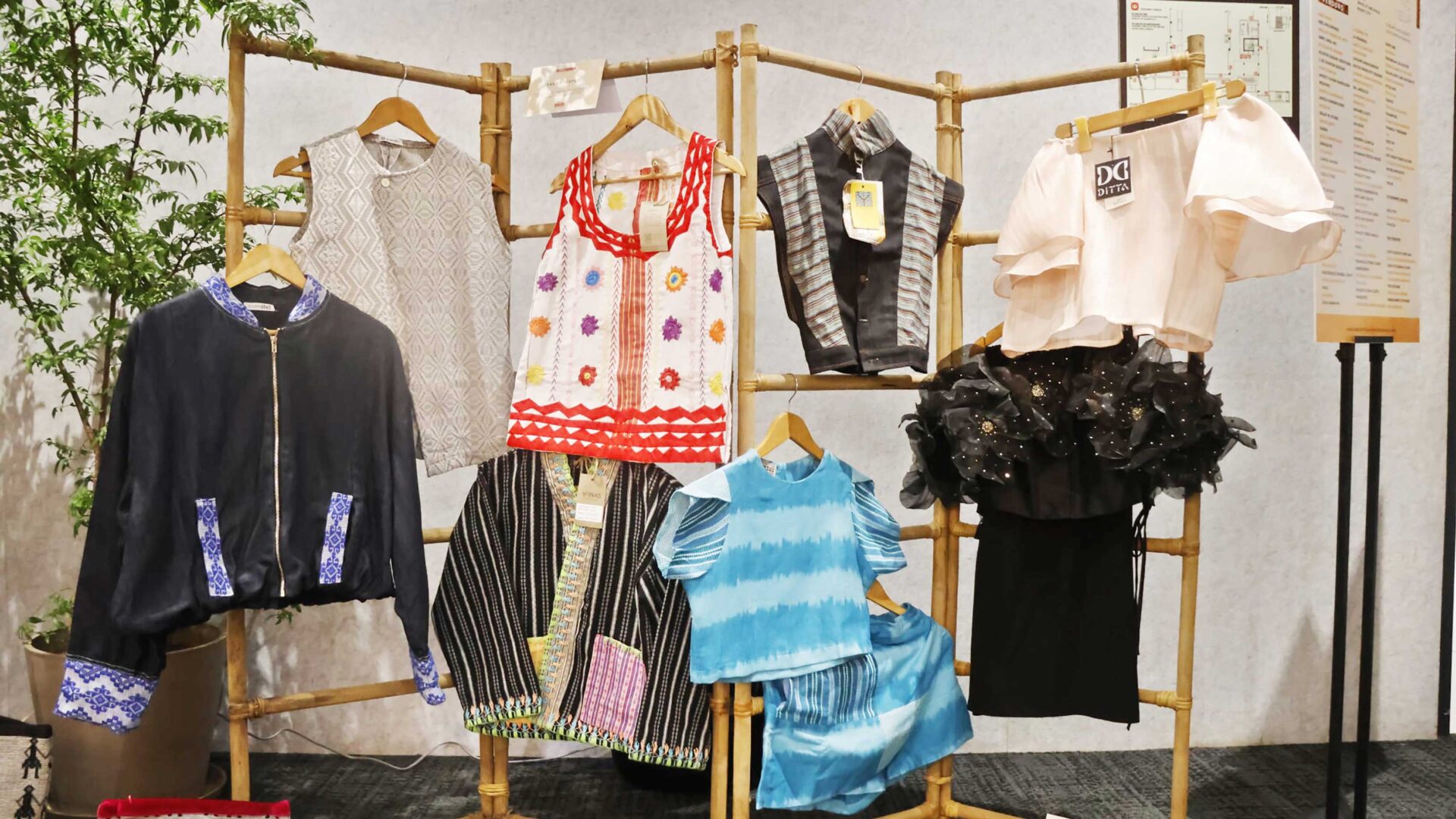From its humble beginnings in 2009 to support Filipino Indigenous textiles, HABI: The Philippine Textile Council has grown to become the industry’s pillar in celebrating the country’s fabric and weaving heritage. Its flagship program, Likhang Habi Market Fair is widely considered the biggest Filipino fabric festival, bringing in thousands of supporters every year.

“The Likhang Habi Market Fair is that one weekend each year when the weaving communities bring out the best products they have created using the latest technique they have developed – methods that will become part of our weaving culture and history, and our identity as a nation,” said HABI president Mia
For its 15th year, the market fair now finds itself at the Space at One Ayala on October 10-12, a sprawling area with multiple function rooms that will enable the Likhang Habi Market Fair to comfortably accommodate more vendors and guests.
With a larger area, the HABI Council will be offering a variety of activities apart from the market itself. This year, guests will have the opportunity to hear from the members of the weaving industry – from weavers to designers – in a series of talks and panel discussions dubbed as Kwentong Kultura: The HABI Lectures.
Guests will also be treated to cultural presentations, weaving demonstrations and other workshops, all of which would serve to reinforce the HABI Council’s mission to “preserve, promote, and enhance Philippine textiles through education, communication, and research.”

Entries to the 8th Lourdes Montinola Piña Weaving Competition and the 4th Eloisa Hizon Gomez Abaca Weaving Competition will also be on display for the public to enjoy and draw inspiration from with the awarding ceremonies to be held on October 11 and 12 respectively.
Beyond a marketplace to buy and sell goods, the Likhang Habi Market Fair prides itself in creating meaningful encounters between the vendors and buyers. HABI Secretary Rambie Lim explained that having the weavers themselves present their creations is the best way to educate the end-user on how to use their weaves.
“All traditional textiles have meaning; have a purpose,” she stressed. This direct communication ensures that the products are treated appropriately, and that the cultures of the communities are honored accordingly.
While the Likhang Habi Market Fair presents a wonderful opportunity for people to wear beautifully crafted weaves and introduce to the world our colorful identity, this comes at the end of a long process that begins with caring for nature, protecting the local culture, encouraging innovation, and providing opportunities for fair trade. Indeed, every textile is our history made tangible by the threads of stories woven to become the fabric of our culture. And by saving it, we protect our identity and our ability to continue weaving the stories of our future.




